What is Pemphigus?
Pemphigus is a group of autoimmune skin conditions that cause sores, blisters or fluid-filled bumps to form on your skin. These blisters can also form in your mucous membranes, which are the soft linings of your eyes, nose, mouth, throat and genitals. The blisters are soft and break open easily to form painful sores. Without treatment, they can spread over large areas of your body and have a risk of infection.
Pemphigus is sometimes confused with other autoimmune blistering skin conditions such as Bullous Pemphigoid, lupus erythematosus and Hailey-Hailey disease. Pemphigus isn’t contagious. It’s a lifelong condition that can be managed with ongoing medical treatment.
Related Article Natural Treatment for Bullous Pemphigoid
Symptoms of Pemphigus
Symptoms vary based on the type of pemphigus you have but could include:
Skin Lesions:
- Skin blisters are flaccid rather than tense. Intact blisters may not be found.
- Lesions can extend easily and become large.
- Blisters appear on normal or erythematous skin.
- Affected skin is painful but very rarely pruritic (contrast with bullous pemphigoid).
- Fluid in the blisters may be turbid.
- Vegetating lesions (excess granulation and crusting) may be found in intertriginous areas.
- Nail lesions may occur (paronychias, nail dystrophies and subungal haematomas).
Mucous Membranes:
- Bullae in the mouth are rarely intact.[10]
- Lesions are usually irregular and poorly defined.
- Lesions are painful and heal very slowly.
- The oral cavity is most often affected (almost all patients). Gingival, buccal and palatine lesions occur.
- Lesions may extend to cause hoarseness.
- Eating and drinking may become very uncomfortable.
- Other mucous membranes (conjunctivae, oesophagus and genitalia) may be involved.
Causes of Pemphigus
The exact cause of pemphigus is unknown. Research suggests that genetics and environmental factors play a role in your diagnosis.
Pemphigus is an autoimmune condition. This means that your body’s defense system (immune system antibodies) attacks your body’s healthy cells, mistaking them for foreign invaders. When your body attacks itself, you’ll notice symptoms of pemphigus in the form of blisters or sores on your skin.
In rare cases, certain medications, including penicillin, an antibiotic, piroxicam, a nonsteroidal anti-inflammatory drug used for rheumatoid arthritis, and blood pressure medications can cause the condition.
Some studies found that specific HLA genes, which are genes that build your immune system, predispose you to certain types of the condition.
Where does Pemphigus form on my Body?
Pemphigus can form on your skin in different parts of your body. The most common places include your:
- Mouth and throat.
- Genitals.
- Face (cheeks, nose, eyes).
- Scalp.
- Back.
- Armpit.
- Chest.
Differential Diagnosis
The differential diagnoses will include other blistering eruptions of the skin and mucous membranes:
- Aphthous ulcers (oral lesions).
- Herpetic lesions.
- Bullous pemphigoid.
- Impetigo.
- Hailey-Hailey disease (familial benign
- pemphigus).
- Pemphigus herpetiformis.
- Pemphigus erythematosus.
Lichen Planus (bullous forms).
- Drug-induced pemphigus.
- Pemphigus IgA.
Complications of Pemphigus
- Secondary infection, particularly of skin lesions, may delay healing and increase scarring.
- Malignancies from immunosuppression.
- Growth impairment in children (corticosteroids and immunosuppressants).
- Leukaemia and lymphomas (treatments causing prolonged immunosuppression).
- Osteoporosis and adrenal insufficiency (from corticosteroids).
How is Pemphigus Treated?
Treatment is unique to each person diagnosed with pemphigus and could include:
- Taking medicine to prevent infections and help your skin heal.
- Stopping the use of medicines that cause your symptoms.
- Wound care for blisters and sores.
Your healthcare provider will treat your condition in stages. Most people go through all three stages of treatment, which include:
Control: High doses of medications control the spread of blisters and begin healing existing ones.
Consolidation: Steady doses of medications continue healing blisters until most clear up.
Maintenance: Reduced levels of medications keep new blisters from forming.
What can I eat or drink with Pemphigus?
Eating and drinking can be difficult if you develop blisters in your mouth and throat. Choose foods that are soft and bland. Avoid foods that are crunchy, acidic and spicy, which could irritate your blisters and cause pain.
If you have trouble eating, contact your healthcare provider. They may recommend taking nutritional supplements to avoid malnutrition.
How do I Take Care of Myself ?
You can take steps at home to manage your symptoms of pemphigus by:
- Avoiding crunchy, acidic or spicy foods that can irritate mouth and throat blisters.
- Caring for your blisters as directed by your healthcare provider.
- Staying out of the sunlight or covering your skin with sunscreen or wearing protective clothing to
- prevent UV ray damage to your skin.
- Using soaps and lotions designed for sensitive skin, without fragrances to prevent skin irritation.
Reference:
https://patient.info/doctor/pemphigus
https://my.clevelandclinic.org/health/diseases/21130-pemphigus

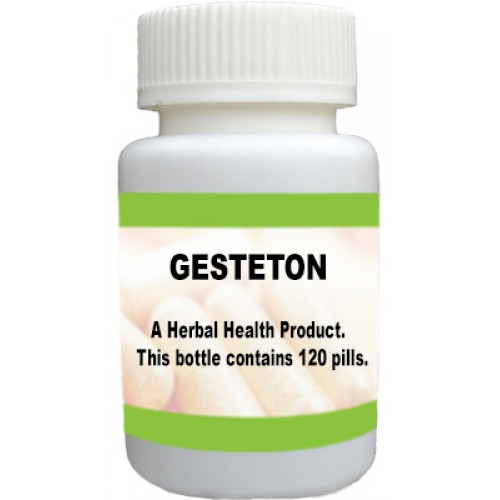
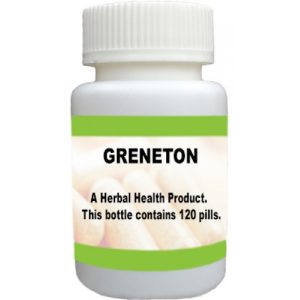
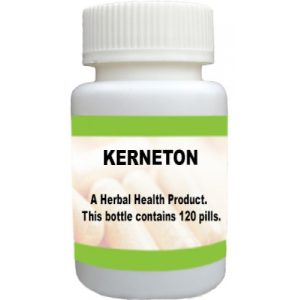
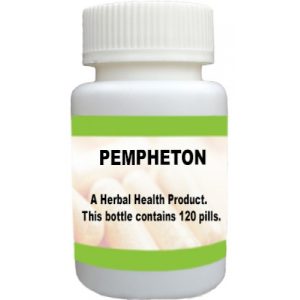
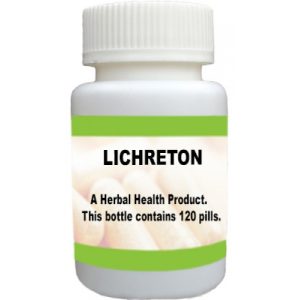
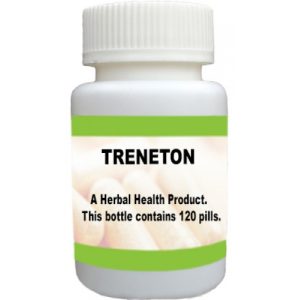
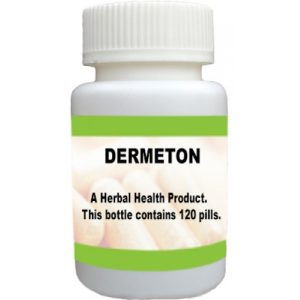
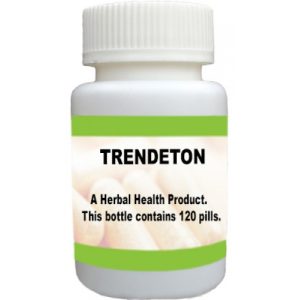
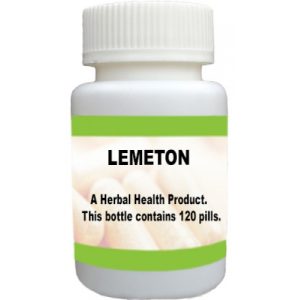
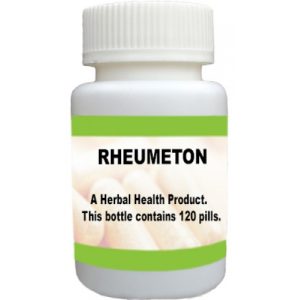
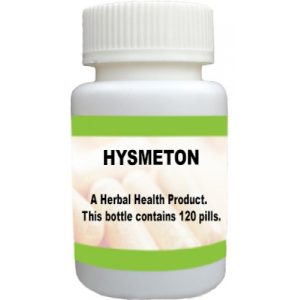
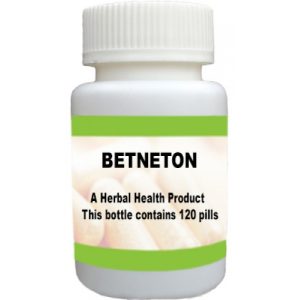
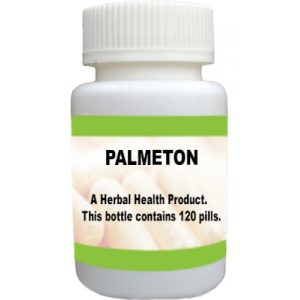

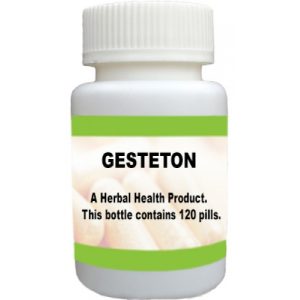
Reviews
There are no reviews yet.